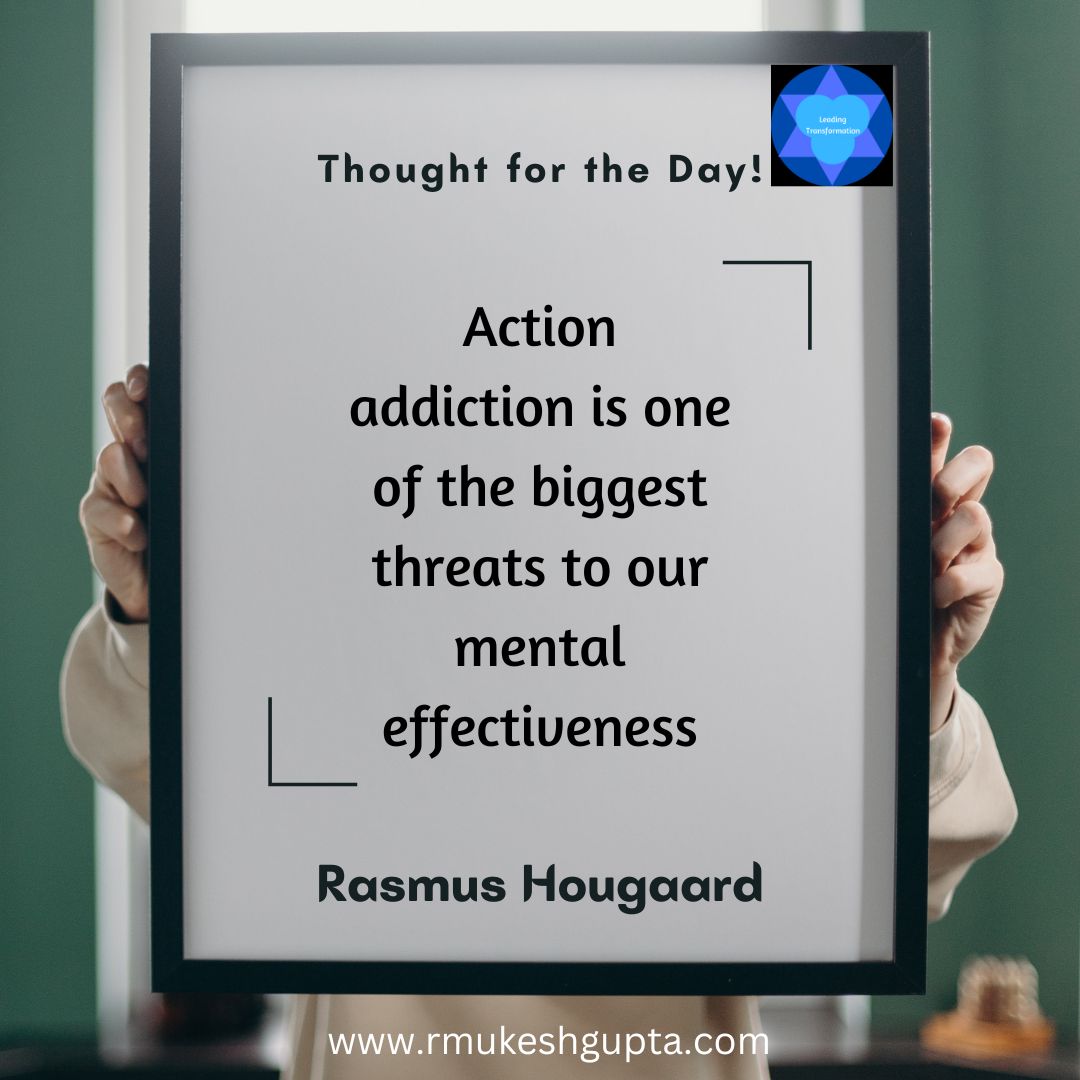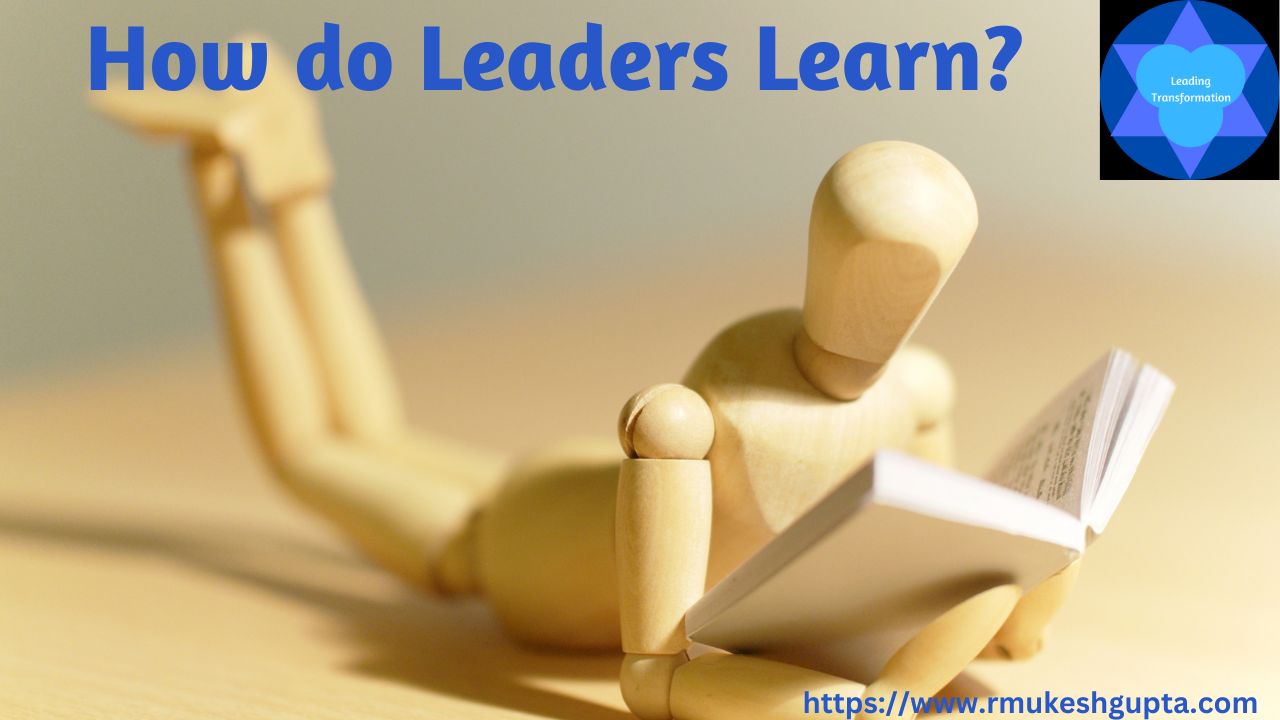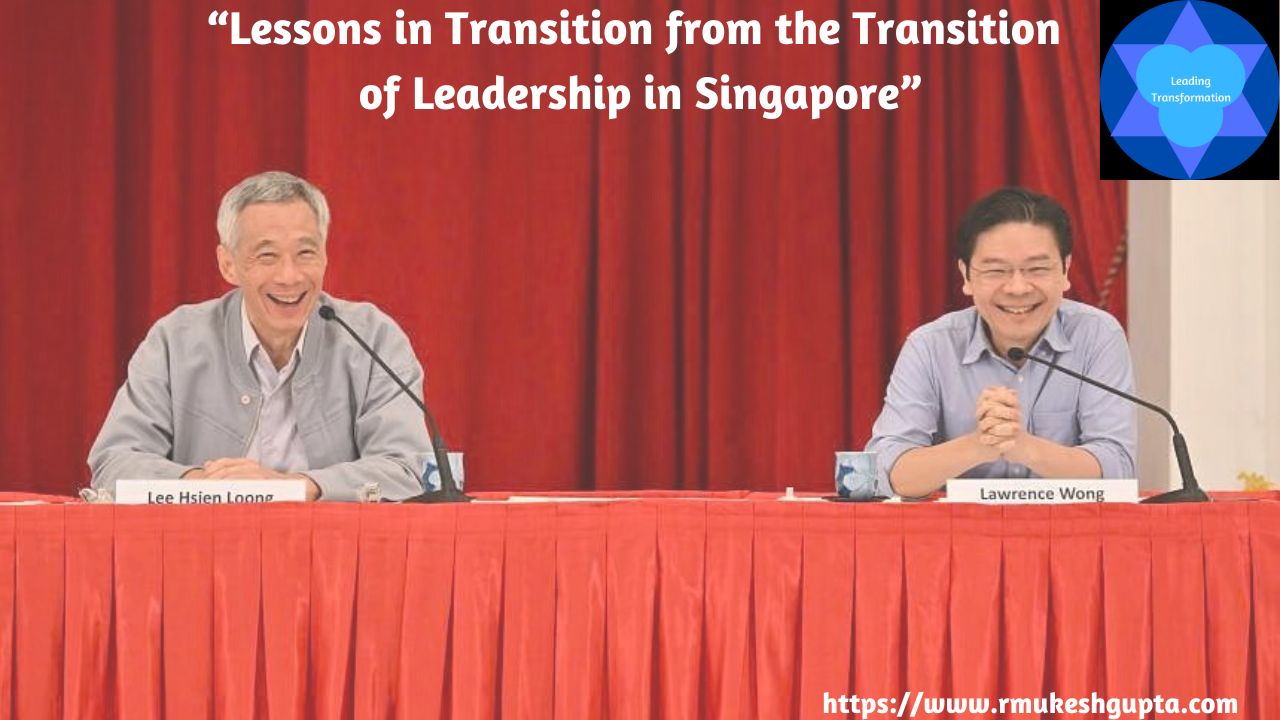In an interesting conversation with Todd Jick (Reuben Mark Faculty Director of Organizational Character and Leadership at Columbia Business School), Ken shares lessons in leadership from his personal experience having been a leader for more than 3 decades.
This is a 45 mins video, which i would recommend that you watch. Have a pen and paper with you to make notes, and you will end up with a lot of notes.
You can watch this conversation here.
Here are the lessons I made a note of:
Becoming a leader is an intentional decision. Reflect and think about why we want to be a leader or even should we become a leader at all.
As leaders, we need to be ready to see our good and bad aspects being copied by the people we lead. Which means that our good and bad habits will be amplified.
It is super important for us to continue to self-reflect and be honest about our own mistakes and learn from them.
When hiring people, we need to learn to interview people in a way that the people we are interviewing don’t necessarily know which way we are leaning towards, so that we are able to get to their own perspectives. We need to hire people who have similar value systems but with diverse skills, experiences and backgrounds. Look for high EQ people when we hire people.
As leaders, we need to make the big decisions, but in partnership and discussion with our teams (people who are complementary and not complimentary).
Great leaders focus on very strategic high level decisions and building the culture we want to be a part of. The culture of the organisation is a deciding factor on whether or not the organisation is going to be successful or not. Culture drives the organisation as it speaks to the heart, while strategy speaks to the mind. You can hire people to define strategy for your organisation but cant not hire people to build the culture. Culture emanates from the leaders.
They delegate everything else down – running of the organisation on a day-to-day basis and executing the strategy. This happens at all levels of leadership.
Are we building a vertical culture (kissing up or pushing down) or a horizontal culture (building relationships with colleagues).
Soft skills are what make the difference in the long term. One can easily hire for hard skills.
When leading change, don’t fall into the trap of seeing people who need to change as stupid or evil. Change happens when we meet people as and where they are and not where we expect them to be at.
Try to have conversations with people without an agenda. Solicit opinions and listen deeply.
In conclusion:
Remember names of every single person that we lead. It is these small things that matter a lot. Protect your change agents if you really want to drive change. Do consider buying his book – “Leading Through Culture: How Real Leaders Create Cultures That Motivate People to Achieve Great Things“.




